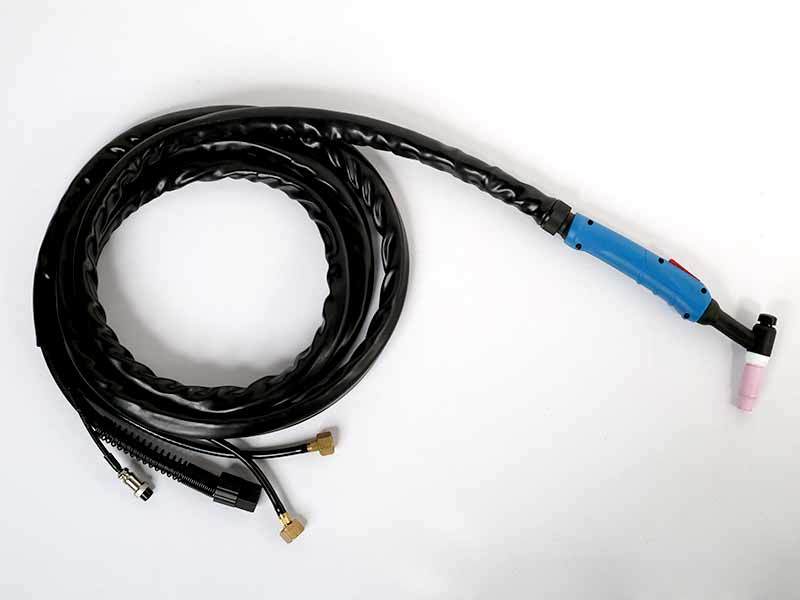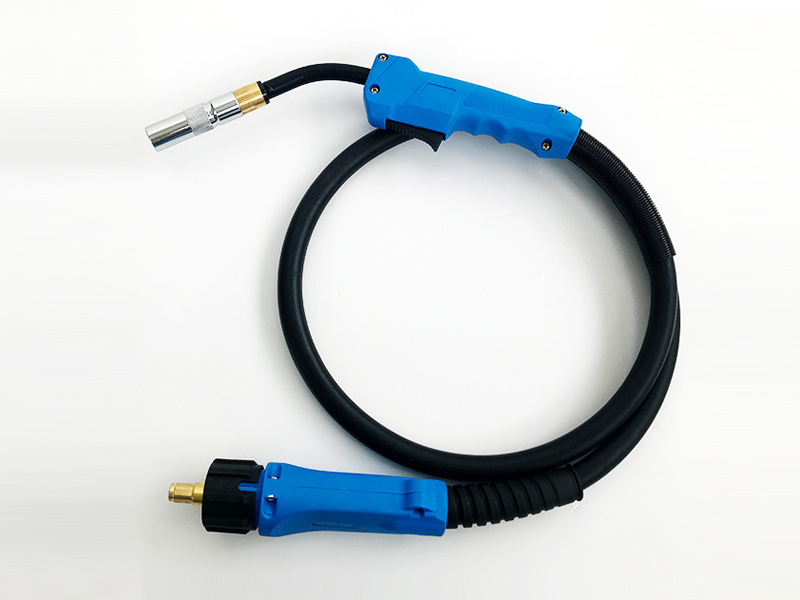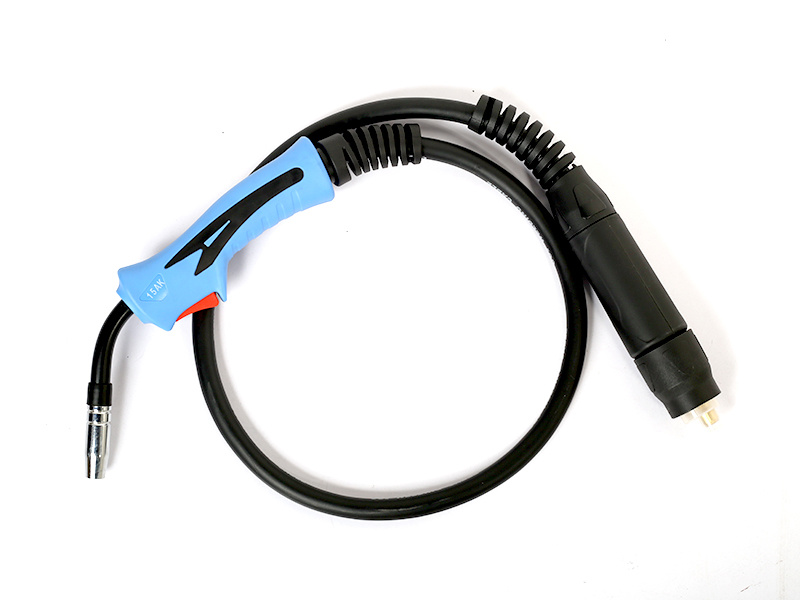language
The Essential Guide to Welding Torches: Types, Uses, and Safety Tips
Sep 21,2025
Welding torches are indispensable tools in the welding and cutting industry, serving as the primary device for joining metal parts together through the application of heat. Understanding the various types of welding torches and their specific uses is crucial for anyone involved in electrical work or metal fabrication.
There are several types of welding torches, each designed for specific welding p
Welding torches are indispensable tools in the welding and cutting industry, serving as the primary device for joining metal parts together through the application of heat. Understanding the various types of welding torches and their specific uses is crucial for anyone involved in electrical work or metal fabrication.
There are several types of welding torches, each designed for specific welding processes. The most common types include oxy-acetylene torches, TIG (Tungsten Inert Gas) torches, and MIG (Metal Inert Gas) torches. Oxy-acetylene torches use a mixture of oxygen and acetylene gas, making them suitable for cutting, welding, and brazing. Their versatility allows for a broad range of metal types to be joined effectively.
TIG torches, on the other hand, utilize a non-consumable tungsten electrode and an inert gas to create a weld. This method is particularly praised for its ability to produce high-quality, precise welds, making it an excellent choice for thinner materials and intricate work. MIG torches use a continuously feeding wire electrode, which is melted to form a weld pool. This process is favored for its speed and efficiency, making it ideal for larger projects and thicker materials.
In addition to understanding the types, it’s essential to know the components of a welding torch. Key parts include the handle, nozzle, gas controls, and the electrode holder. Each component plays a vital role in the function and performance of the torch. Proper maintenance of these parts ensures optimal performance and longevity of the welding torch.
Safety should always be a top priority when using welding torches. Protective gear such as welding helmets, gloves, and flame-resistant clothing should be worn at all times to safeguard against burns, sparks, and harmful UV radiation. Furthermore, ensuring proper ventilation in the work area is critical to minimize exposure to harmful fumes and gases produced during the welding process.
Before beginning any welding task, it’s essential to understand the material you are working with and select the appropriate torch and technique. This knowledge not only enhances the quality of your work but also promotes safer practices in the workplace.
In conclusion, welding torches are vital tools for anyone working in the welding and cutting industry. By familiarizing yourself with the different types of torches and their applications, along with implementing safety measures, you can significantly improve your welding skills and ensure a safer working environment. Whether you are a novice or an experienced welder, mastering the use of welding torches is a rewarding endeavor that can lead to high-quality results in your projects.
There are several types of welding torches, each designed for specific welding processes. The most common types include oxy-acetylene torches, TIG (Tungsten Inert Gas) torches, and MIG (Metal Inert Gas) torches. Oxy-acetylene torches use a mixture of oxygen and acetylene gas, making them suitable for cutting, welding, and brazing. Their versatility allows for a broad range of metal types to be joined effectively.
TIG torches, on the other hand, utilize a non-consumable tungsten electrode and an inert gas to create a weld. This method is particularly praised for its ability to produce high-quality, precise welds, making it an excellent choice for thinner materials and intricate work. MIG torches use a continuously feeding wire electrode, which is melted to form a weld pool. This process is favored for its speed and efficiency, making it ideal for larger projects and thicker materials.
In addition to understanding the types, it’s essential to know the components of a welding torch. Key parts include the handle, nozzle, gas controls, and the electrode holder. Each component plays a vital role in the function and performance of the torch. Proper maintenance of these parts ensures optimal performance and longevity of the welding torch.
Safety should always be a top priority when using welding torches. Protective gear such as welding helmets, gloves, and flame-resistant clothing should be worn at all times to safeguard against burns, sparks, and harmful UV radiation. Furthermore, ensuring proper ventilation in the work area is critical to minimize exposure to harmful fumes and gases produced during the welding process.
Before beginning any welding task, it’s essential to understand the material you are working with and select the appropriate torch and technique. This knowledge not only enhances the quality of your work but also promotes safer practices in the workplace.
In conclusion, welding torches are vital tools for anyone working in the welding and cutting industry. By familiarizing yourself with the different types of torches and their applications, along with implementing safety measures, you can significantly improve your welding skills and ensure a safer working environment. Whether you are a novice or an experienced welder, mastering the use of welding torches is a rewarding endeavor that can lead to high-quality results in your projects.
Add
Xing village, lvgongbao town, renqiu city, hebei province, china









